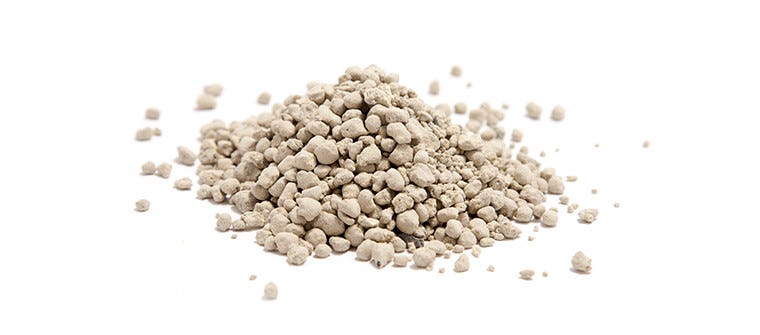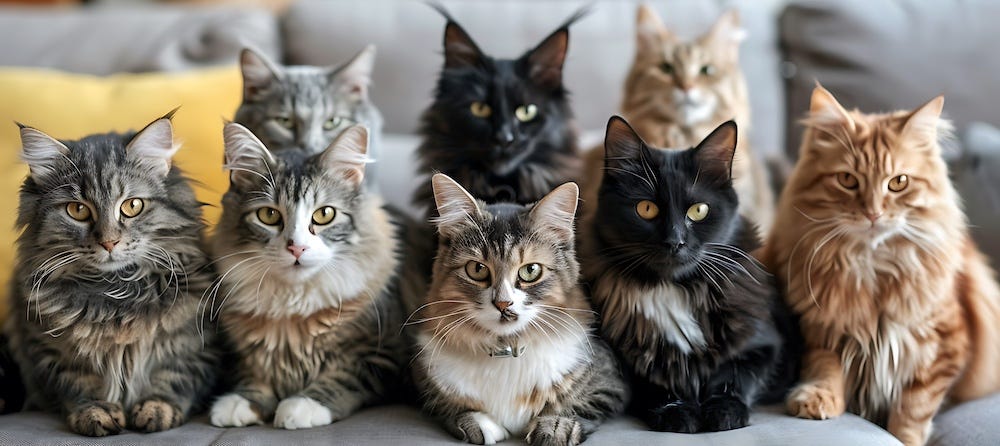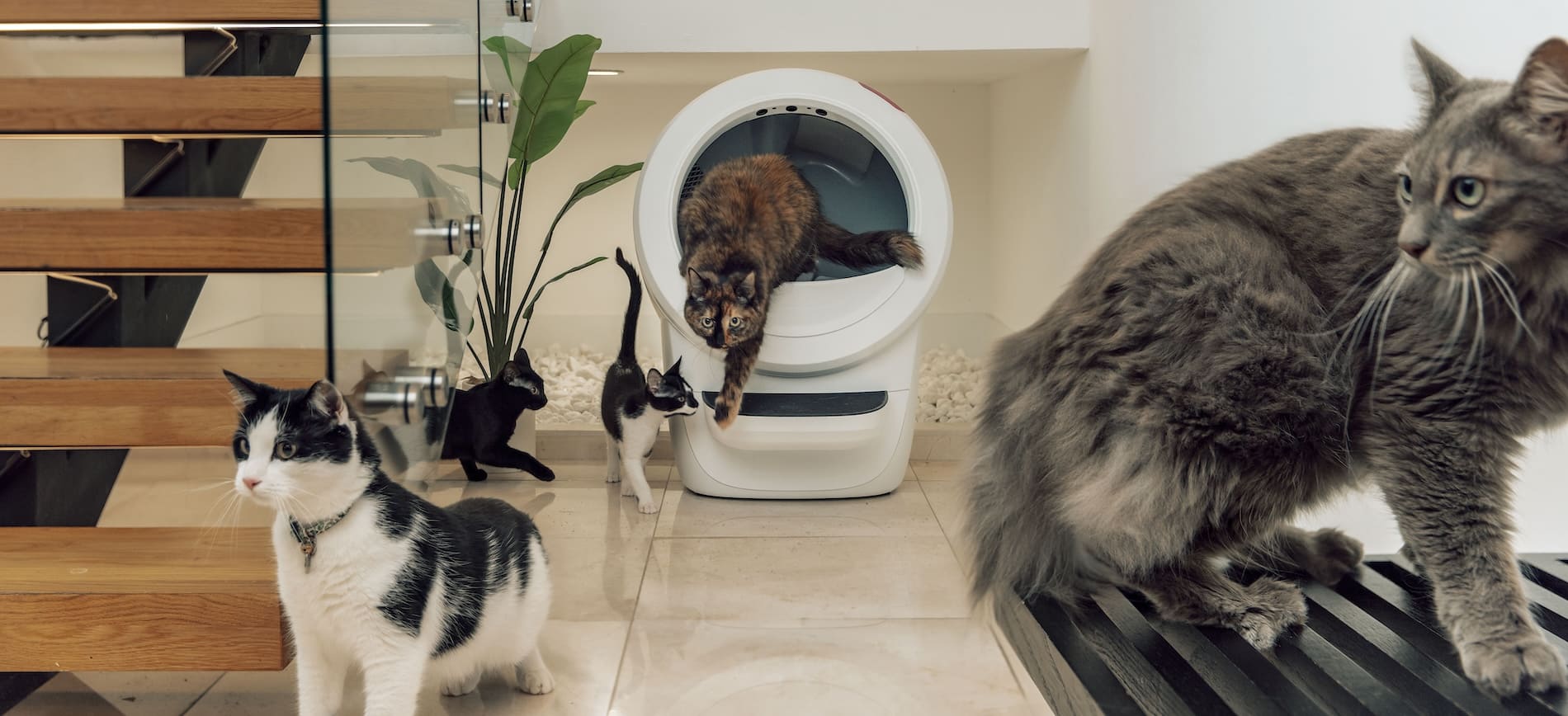Choosing the right cat litter for your needs may seem complicated given the number of features and options, but there are a few qualities to focus on that will help you find what’s right for you.
The trick is to do your research, but keep it simple. If a cat litter is good for your cat, good for the environment, and good for you, then it's the right cat litter! Let's look at what that means.
The Best Cat Litter for Your Cat
When it's time to go, your cat will use whatever litter you've put in the litter box, right? Well, maybe. Your cat is less likely to have litter box problems, however, when you choose a cat litter that Kitty actually likes interacting with (instead of being forced to put up with).
Cats are sensitive to strong odors, so unscented or non-scented litters with natural, earthy smells are preferable. Remember, great odor-controlling cat litter doesn't require perfumes; highly absorbent litter will virtually eliminate odors without the addition of scent agents.
Cats prefer a litter with a soft, sandy feel under their paws, rather than one with coarse, sharp granules. Some litters will note the texture, but if it doesn't, test it by pressing your hand down firmly on a clean bed of it. You'll easily feel the difference—some litter granules can feel pretty sharp! Bonus: many softer cat litters also tend to be lighter in weight and low-tracking.
Lastly, choose a litter that is as low-dust as possible. When your cat kicks and digs around in the litter, they are right there breathing in any dust that gets released. Reduce exposure to airborne dust, which has been associated with respiratory issues and can be a source of allergies. Again, you can test a litter to see how dust-free a litter actually is by pouring it out from a few inches up; if you see a plume of dust at all, know you can do better.
The Best Cat Litter for the Environment
This is where great controversies reside over whether a litter made from one material or another is the most sustainable, has the lowest carbon footprint, is biodegradable, is compostable, does not contain chemicals that later enter the environment, and generally injures the environment the least. While that sounds like a lot to consider, it doesn't have to be complicated.
Once you've narrowed down litters that are good for your cat—litters that are naturally scented or non-scented, that are soft, and that are low-dust, then consider how those options are produced. Given how competitive the cat litter market is, you won't have to work hard to see which litters are loud and proud about how eco-friendly they are. You'll see it on packaging and you can look for more detailed proof on their website (which means, if you can't find information about how eco-friendly a cat litter is, then it's not a good option).
Look for litters that are sourced ethically, produced sustainably, and that work to reduce their environmental impact during and after use. Choose a litter brand that is able to explain how they obtain their raw materials, how they reduce energy consumption during production, how their packaging is efficient and recyclable, and how the environmental impact of disposal after use is also considered. The best choices will have no additives, perfumes, or synthetics because the combined function of the raw material and the way it is processed will do the heavy-lifting of absorbing liquid and eliminating odor.
The Best Cat Litter for You
I've placed YOUR concerns third on the list to highlight the need to remember to put others first when making this decision—so it doesn't become a decision of convenience. It's easy to regard cat litter as a "whatever's cheapest" or "whatever they have at the store" type of purchase. But the cheapest and most convenient choice is rarely the best one, and this is not a place where you can afford to go with the cheap option. It's worth getting a high quality cat litter.
Your cat encounters the litter several times per day, day after day, for years. Those incremental exposures to dust or chemicals or sharp granules add up and impact the health of your cat as well as your own. So, while price and convenience are worth discussion, don't let them trump concerns for your cat and the environment.
After you've narrowed down litter options that are good for your cat and good for the environment, consider price and availability. There are several companies that now offer litter delivery on a subscription basis, which saves you the hassle (and mess) of picking it up in-store and having it in your car, and ensures that you have a ready supply on-hand, so you never run out. You'll also want to consider litters that are conveniently packaged, so you can pour and store them easily, and dispose of them responsibly when you're done. Of course, it's important to limit your options to what will work in the type of litter box you use. For the automatic litter box I have, for example, I need a high quality clumping cat litter.
Get the Right Cat Litter for Your Situation
Don't drown in the sea of cat litter options and features. Use these tips to guide your thinking, and you'll narrow down the options fast. Once you've settled on a few, try them out! You and your cat will be able to judge them more closely and decide on the best cat litter for your situation.




